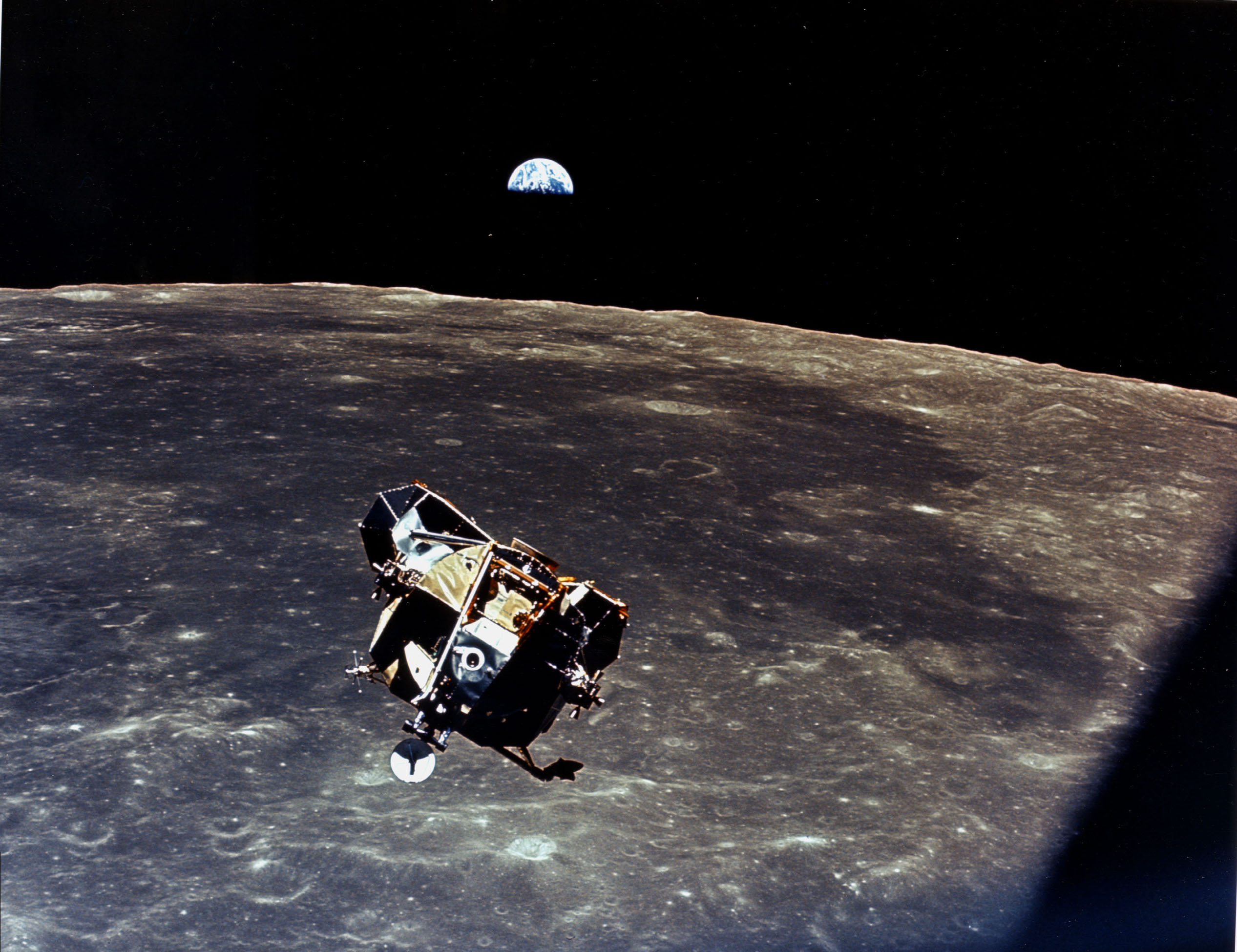Is swine flu really all that bad?
~ HealthNow I am not denying the fact that there is a nasty novel variant of type A H1N1 influenza out there. And that it has an interesting and rather nasty set of symptoms to it. But a good comparison to be looking at is how it compares to the seasonal flu statistics from previous years.
And this is exactly what happens in part of this article in the Otago Daily Times (ODT - my local paper). Mostly the article was about how with the University semester starting last week and many students coming back into town there has been a surge in the number of cases suspected, especially at the University's student health centre. It reports that there are (have been?) 2443 confirmed cases nationwide (as of Tuesday), which was up 80 from the day before, with 26 in intensive care and 11 deaths.
The comparison comes at the end of the article, where it states that the total number of influenza-related deaths (for all subtypes) so far this season (April - end of June) was 109, and this compares to 479 deaths for the last year for which the Ministry of Health had released figures, 2006. So with seasonal flu being a winter months phenomenon then we expect that most of the cases occur between April and maybe October (the winter months for us in the southern hemisphere - ok here I have included most of autumn and the start of spring).
What this suggests, at least at first glance is that this has been a quiet year so far for seasonal flu although this years numbers do not include the coldest month of July. And further more that swine flu has not been a major factor in influenza deaths so far.
So while there may be lots of cases (especially suspected cases - if the anecdotes I hear from friends and family are to be believed), this flu certainly here in NZ does not seem to be much to worry about. Especially in comparison to previous flu pandemics such as 1918. This of course could be some what due to the reaction of bodies like WHO and the local health authorities and their publicity/education campaigns about how to prevent the spread of the disease.
Though it is interesting to note that the North American region is having a lot of cases out of flu season. I guess we will all have to wait and see what happens.




